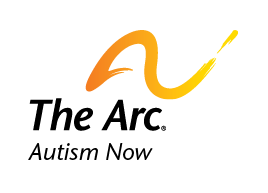Research Article: Head lag in infants at risk for autism: A preliminary study
Flanagan, J., Landa, R., Bhat, A., & Bauman, M. (2012). Head lag in infants at risk for autism: A preliminary study. American Journal of Occupational Therapy, 66(5), 577-585. doi: 10.5014/ajot.2012.004192
ABSTRACT:
OBJECTIVE. Poor postural control during pull-to-sit is a predictor of developmental disruption in cerebral palsy and preterm populations but has not been examined in infants at risk for autism. We examined the association between head lag during pull-to-sit at age 6 mo and autism risk status.
METHOD. High-risk participants were siblings of children with autism. We studied one sample of 40 high-risk infants prospectively from 6–36 mo and obtained diagnostic classifications of autism or no autism. We conducted a subsequent between-group comparison with a new sample of 20 high-risk and 21 low-risk infants.
RESULTS. Head lag was significantly associated with autism spectrum disorder at 36 mo (p = .020) and was more frequently observed in high-risk than in low-risk infants (p = .018).
CONCLUSION. Head lag with other alterations in early development may be associated with autism risk and may serve as an early indicator of neurodevelopmental disruption. Results have clinical implications for occupational therapists in early intervention practice.
Access full article: Head lag in infants at risk for autism: A preliminary study

